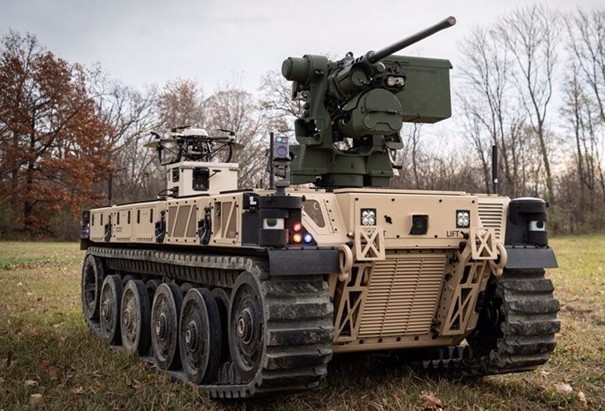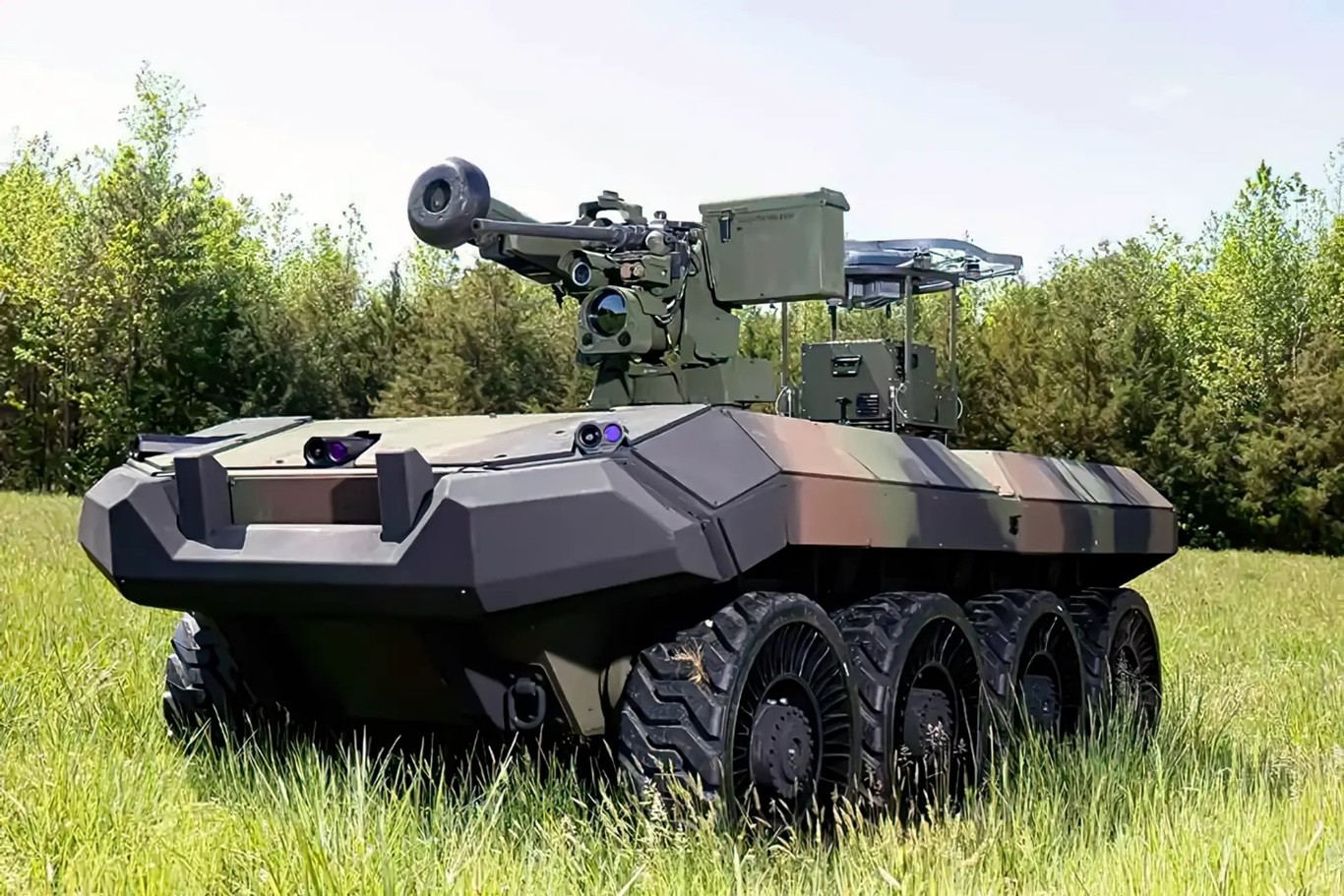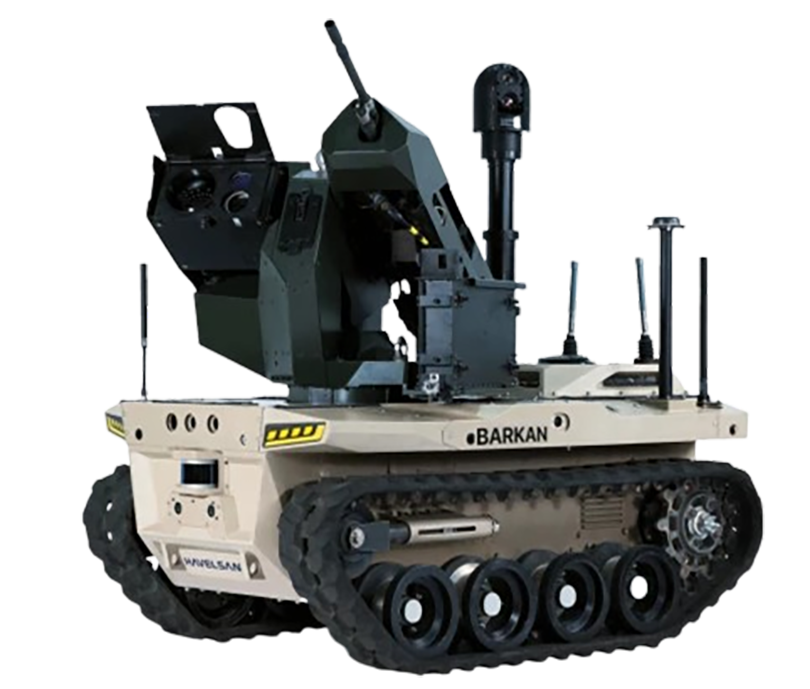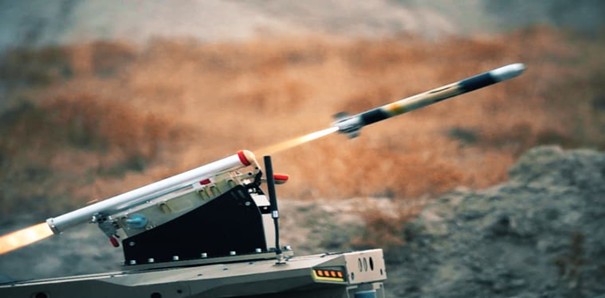
Robotic Combat Vehicle (RCV)
Turkish Defense Industry is developing a modular robotic combat vehicle that is comparatively light and manoeuvrable, while still suitable for a variety of missions. The Robotic Combat Vehicle (RCV) Campaign Plan was established in January 2019 to develop a family of three armed uncrewed ground vehicles (UGVs) of varying size and with distinct capability and mission profiles. These included: the RCV-Light (RCV-L) vehicle, with maximum dimensions of up to 569×224×239 cm (LWH), and weighing up to 10 tonnes, with limited survivability and lethality; the RCV-Medium (RCV-M), a 10–20 tonne class vehicle capable of defeating light- to medium-armoured threats; and the highly-survivable RCV-Heavy (RCV-H) weighing up to 30 tonnes. The latter is essentially an unmanned fire support vehicle, armed with a large calibre cannon for engaging heavily armoured threats.

The frequency and diversity of security threats in today’s world, particularly for land forces, have significantly increased. Autonomous Unmanned Ground Vehicles (UGVs) are essential for integrating modern technology into military units, utilizing sensor systems to assess their environment through remote management. They perform fundamental tasks such as reconnaissance, surveillance, and ammunition transport without personnel, aligning with the requirements of digital battlefields. These UGVs, available in various sizes and configurations, have evolved to fulfill a multitude of roles in modern warfare. In response to the demands of contemporary combat operations, HAVELSAN designed and produced HAVELSAN BARKAN. This advanced UGV serves as a vital assistant for field personnel, enhancing operational success while preventing losses and reducing operational costs. BARKAN, with its emphasis on firepower, offers multi-role capabilities necessary for a wide spectrum of assignments, including tactical overwatch, medical evacuation, and chemical, biological, radiological, and nuclear (CBRN) detection. Its operationally proven features enable it to perform efficiently in difficult terrain and adverse weather conditions.

Equipped with remote control and autonomous mission capabilities, BARKAN is poised to be an integral companion for military units in future warfare scenarios. The vehicle's swarm infrastructure allows for joint operations with other land and air vehicles from a centralized command, enhancing collaborative efforts. BARKAN’s modular design accommodates various payloads, making it versatile for multi-purpose UGV missions such as armed ISR (Intelligence, Surveillance, and Reconnaissance), close protection, and armed reconnaissance. With its stealth and agility, BARKAN is uniquely positioned to undertake dangerous missions, providing the fire support and multi-sensor intelligence needed for effective operations in modern combat environments.
